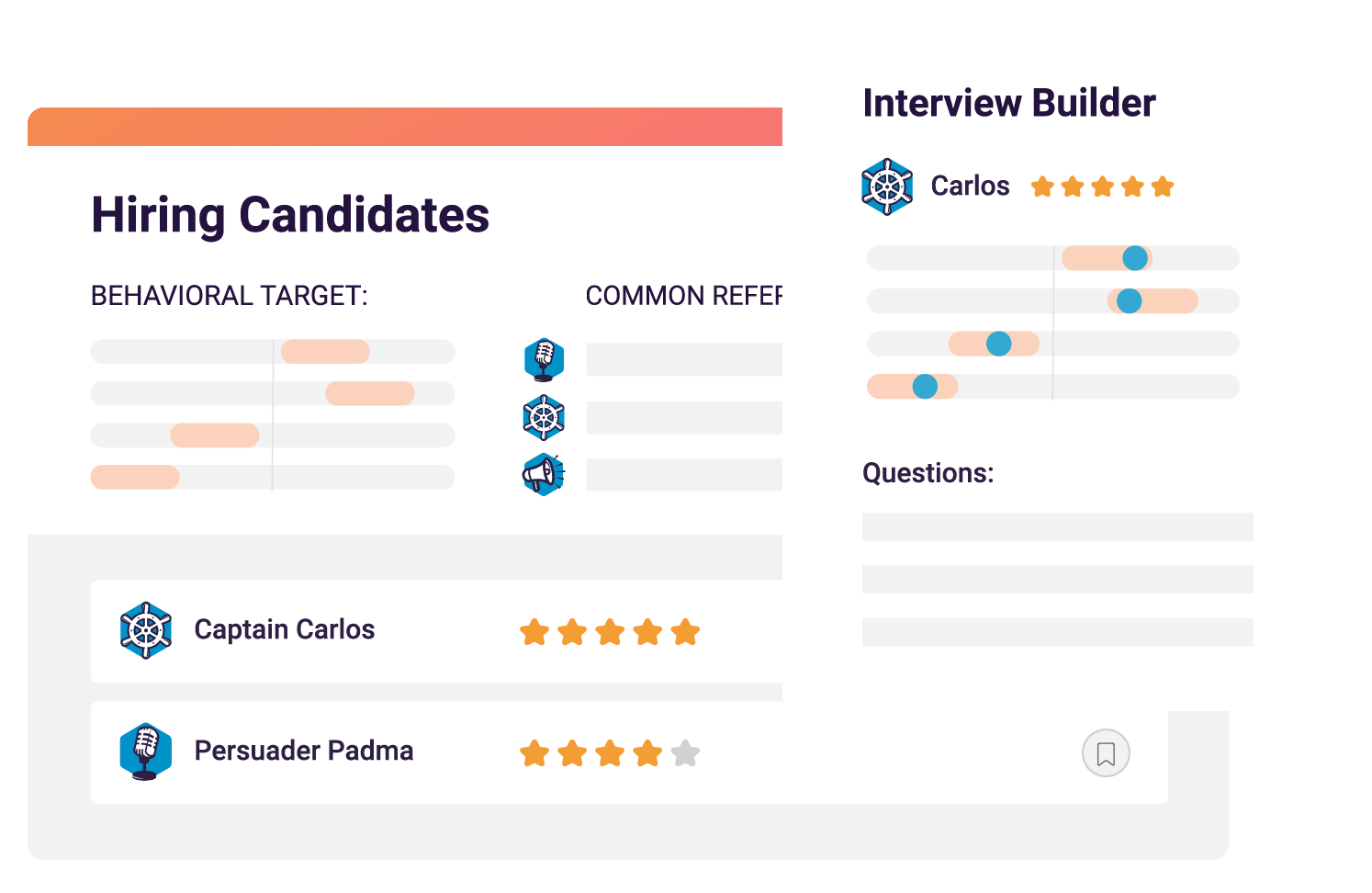Resistance to change is inevitable—and consultants know this all too well. Once your client has accepted your consultant recommendations and is looking to implement, it’s time to shift gears and focus on change management.
Before implementing any new changes with your client, be sure to take the following three actions.
1. Work with the executive team to establish the “why.”
As Simon Sinek says, “People don’t buy what you do. They buy why you do it.”
Before any change management plan is established, the senior leadership team needs to get aligned on the vision behind the change. What’s driving the change? How will it lead to the company’s future success?
When employees are dictated to, they’re less likely to buy into new changes. But when executives get employees to feel excited about change—by tying it to a particular mission and vision—change is welcomed.
It was that very strategy that spearheaded successful change management for Westfield Insurance when they worked with EY to prepare and support their employees through a new claims technology implementation. The insurance company made sure to be transparent with employees about the mission behind the change, remain open to any questions employees may have had, and reiterate how the change and mission would positively impact everyone involved.
Then they took it a step further. Westfield Insurance branded the initiative as “IMPACT [Information Management Process Analytics Customer Technology]” in order to “attract the attention of associates and underscore the strategic importance of the change.” The logo was shared everywhere: various presentations, newsletters—even swag like coffee cups and other office supplies. Employees became excited and were bought-in and the implementation was a roaring success.

2. Meet with senior leaders to identify when and where they’ll likely meet resistance—and where they’ll find evangelists.
Once the “why” has been established, sit down with other senior leaders throughout the business to learn more about their departments and teams so you can help them craft an effective change management plan.
For talent optimized organizations (or those on their way), this is the perfect opportunity to leverage people data i.e., individual behavioral data, team dynamics, job performance, or engagement survey results. People data will play a critical role in the roll out and adoption of change.
Whether looking at the organization as a whole, a department, or a single team, engagement survey data will provide invaluable insight. Ask your client, “Which teams have the lowest engagement? The highest?” Leverage that data to determine where your client will most likely meet resistance and also where they will find their champions.
Identifying your client’s evangelists will help make that transformative change less daunting. Employees who are resistant to change for one reason or another may find it less intimidating to hear from their peers. Those enthusiastic about the change will be further engaged and reinforce your culture.
3. Communicate early and often—and tailor it to your audience.
When it comes to communicating about changes in your organizational structure, be sure to advise your client to reference their people data to create the best messaging possible. Understand employee needs when it comes to communication methods (e.g., some prefer email while others like to chat face-to-face) and level of detail (need it be succinct or comprehensive?). Tailoring communications to the audience will make the changes more easily digestible for everyone involved.
Encourage your client to invite employees to become a part of the change management process in the way that best suits their natural strengths abilities.For example, employees who tend to display higher dominance may be resistant to change—not because they don’t like change, but rather because they aren’t in control of it. Providing these employees opportunities to be agents of change instead of simply being on the receiving end will drive adoption and potentially create more evangelists.
Change isn’t easy. Change management can be even more difficult. Preparing your client for the challenges ahead in adopting recommended changes will make a world of difference. Understanding why the change is happening, identifying resistance and opportunities for evangelism, and communicating effectively will make your client’s adoption of your consultant suggestions all the easier.
Join 10,000 companies solving the most complex people problems with PI.
Hire the right people, inspire their best work, design dream teams, and sustain engagement for the long haul.









